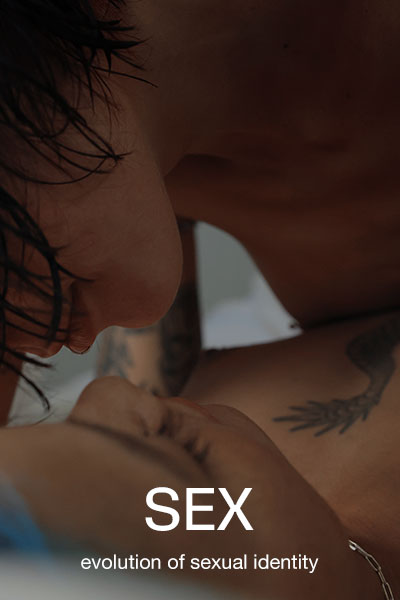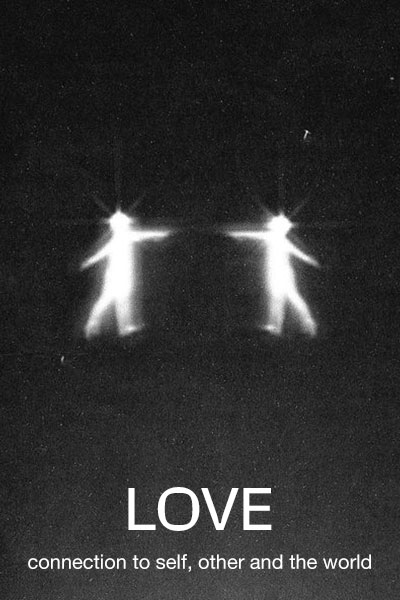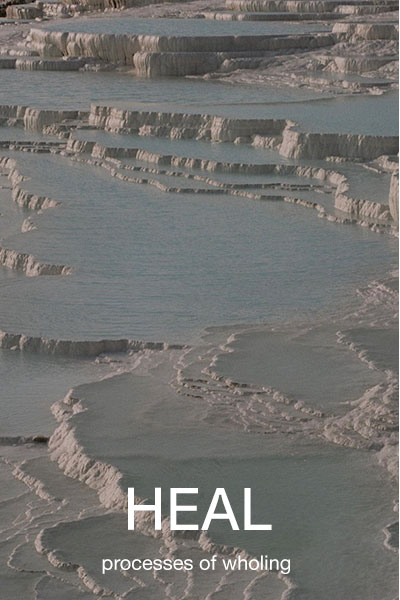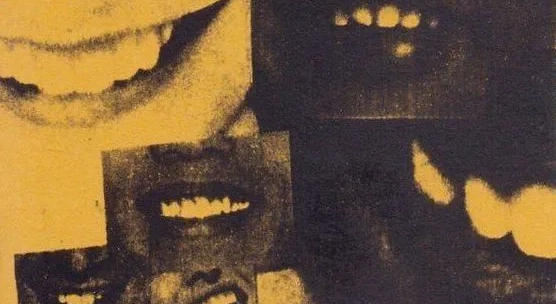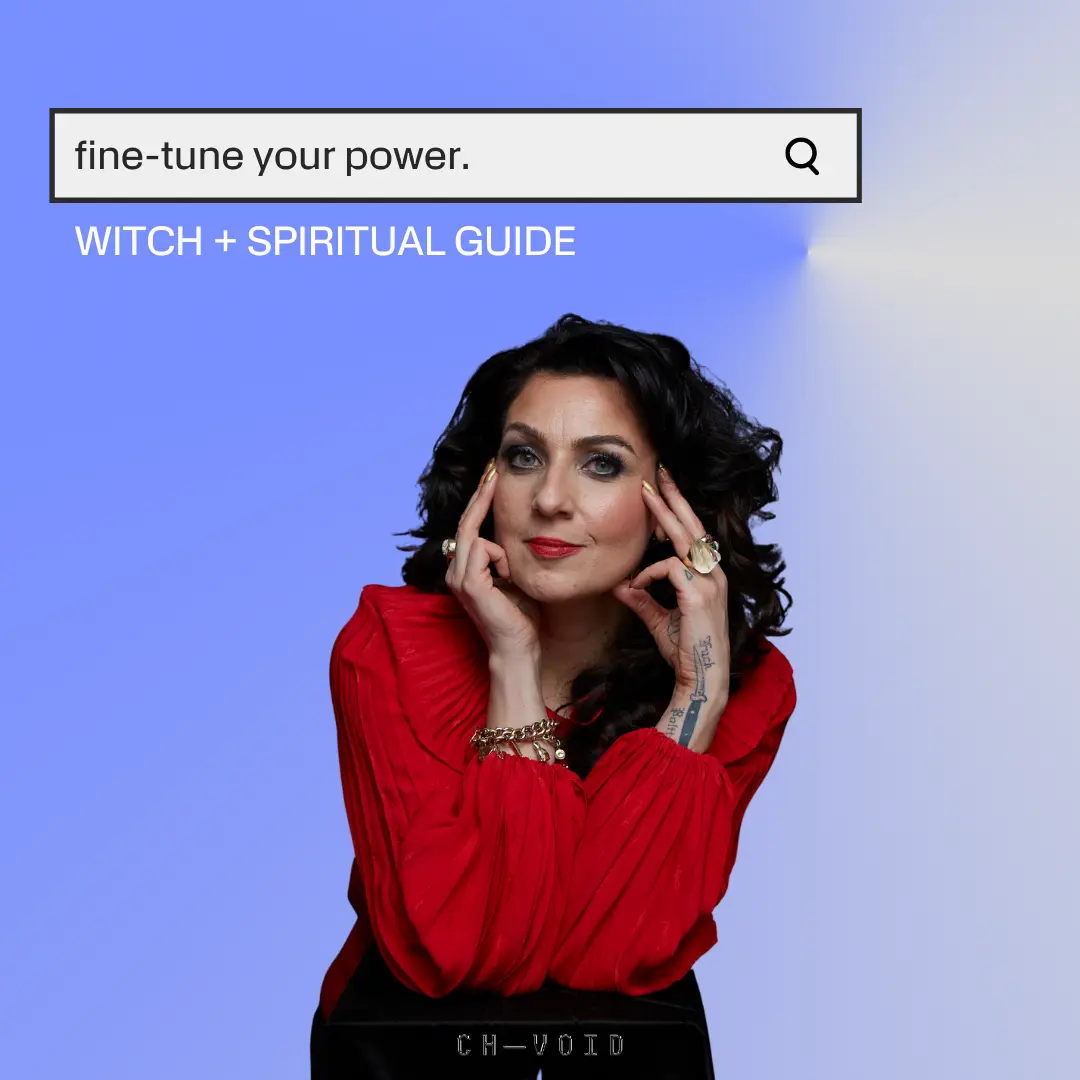FASHION AND LOATHING IN HIGH SCHOOL
SHE CAN BEAT ME, BUT SHE CAN’T BEAT MY OUTFIT.
When Eleanor was in high school, she dressed differently from other teens her age. Inspired by her Mum—who’s in her 60s and has pink hair and a nose ring—Eleanor describes her personal style as “a big fuck you to a world which wants me to conform to certain ideals.”
Most of us look back on some of our teenage fashion choices and shudder—jeggings, anyone? Trends change. We experiment. Maybe we adopt a more ‘grown up’ personal style, blaming the failed looks in Facebook albums on brains curdled by puberty.
But, for some, dressing in a way that others find weird is the whole point. At school the pressure to fit in can get so intense that defiantly not fitting in is an act of rebellion in itself. At times, it can be empowering. We tell ourselves that we’re above what anyone else thinks. We’ll leave school and move to a big city and all this will just be a footnote in the book about how we became one of the greatest style icons of all time. But it’s human nature to want to be accepted, even when we pretend not to care.
“I was bullied relentlessly by a certain group of girls for several years and was very depressed for most of high school because of it,” Eleanor recalls. “Now I’m just depressed because I’m a millennial and the world is burning down around me, but at least wearing frilly dresses makes me feel pretty in a world that just never seems to stop being terrible.”
Teenagers and adults alike get bullied or harassed for the way they dress for several different reasons. Not conforming to the norm is often a social, and sometimes, even physical risk. “There is clear evidence that physical appearance is crucial in determining whether we like/dislike, accept/reject, trust/distrust one another,” says behavioral psychologist, Dr. Carolyn Mair, author of “The Psychology of Fashion.”
“We make a judgment based on physical appearance in under one second. Therefore, we can’t dismiss the impact that clothing has on whether we are included or excluded. We use clothing to align ourselves with a particular social group, known as our in-group. In doing so, we also distinguish ourselves from other social groups, known as out-groups. Our in-group/s is a source of pride, and we believe the in-group is superior to out-groups.” Nowhere is this more apparent than in high school. If you’re not part of a group at all, you might feel ostracized or lack a sense of belonging which can contribute to mental health issues and low self-esteem.
I downloaded Formspring, like most people my age, out of curiosity. It was one of those platforms that let you send and receive anonymous questions and messages. Within the first week, it was clear that most of the messages sent to me would be about how I dressed. We had a school uniform, but I had recently started a fashion blog where I posted what I wore on the weekends. I was sent messages teasing me about how I dressed like a grandma, or how it looked like I was wearing pajamas—among other generic insults. When I sent back snarky replies, I got called ‘a fucking c***.’ How original!
Soon after, I overheard someone in the school library mock, “Why don’t we go to Starbucks with Sophie and drink skinny lattes and talk about fashion?” I thought that sounded like a perfect day, but I felt my cheeks flush red with embarrassment and hoped they wouldn’t notice I’d heard them making fun of me.
I wasn’t entirely surprised by this reaction. I knew my attempts to imitate runway trends with what little budget I had were ambitious and didn’t look like what anyone else at school was wearing. Yet the TV and films I had grown up watching told me that being into fashion was tantamount to being cool and popular. That wasn’t why I had gotten into it, but I didn’t expect my style experimentation to elicit the exact opposite response. I learnt the hard way that being into fashion didn’t make you popular, but rather being rich enough to buy into every mainstream fast fashion trend while it was still popular with everyone else at school did. Fashion was only cool if you did it the “right” way.
Influencer Jay Kamiraz also found this out in high school. When he discovered his love for fashion and started to express it, he expected to be loved and accepted for having the courage to embrace his personal style. Instead, he “experienced a big lesson. Not everyone is willing to like or appreciate your diverse style choices. Dressing differently most certainly led to me being excluded, bullied, harassed, ostracized and hated on, but I am proud of how I dress. My androgynous, queer identity, look and style choices may provoke reaction and hate—but I don’t let other people’s opinions govern how I live and lead my life.” As children, we were told we could be anything we wanted to be. Though, we soon realised that there would always be someone to also say, “Yes, but not like that.”
* * *
By sixth form at my school, we could wear our own clothes every day so I spent the summer holidays poring over fashion magazines and researching avant-garde style icons—Style Rookie-era Tavi Gevinson, Iris Apfel, Rei Kawakubo. If people thought the way I dressed was strange, I was going to be more expressive than ever.
When Rihanna won the Fashion Icon Award at the CFDAs later that year, she said in her speech, “Even as a child I remember thinking, she can beat me, but she can’t beat my outfit.” I reveled in that sentiment as it was one I’d been living by for a while already. My personal style was a way of rejecting conformity, fueled by my ever-growing teen angst.
I started to find people outside of school who shared my interest in fashion. I spent my evenings on High Fashion Twitter. I made fashion collages with my best friend, who was in the year below at a different school, and we’d complain about the “basics” and “locals” we had to see every day. It was easier to figure that I was somehow better than them because I dressed “better” than it was to actually confront the deep wounds left from social exclusion in my earlier teen years. Knowledge and clothes were like armour against small-town social life and school-girl cliques.
But what do fashion psychologists have to say about this?
“Teenagers are honing in on who they are,” says the author of “Dress Your Best Life,” Dr. Dawnn Karen. “Fashion is a way to express yourself, and if you can’t join them, beat them. If you can’t join the group, I say beat them by being extremely expressive with your form of dress. There are no rules because you’re not adhering to group norms or group sensitivities.” In other words, if people think you’re weird, show them how weird you are.
* * *
As a cis white teenager, I led a pretty privileged adolescence. I got hate for the way I dressed, but I could always have changed my outfits or tried harder to fit in. Whether that would’ve worked or not is up for debate, but my identity itself was never under attack because of my clothes.
Once school was over, I planned to reinvent myself again. I toned down my style a little for Uni, in an attempt to make friends and not alienate people. Besides, I hoped people at college might be a little more open-minded. I was going to Sheffield, after all. It would be a stretch to call this small northern city cosmopolitan, but it was a city at least, at last!
During my first term, my best friend from home texted me, “I’ve decided not to be a bitch this year. I want to be happy.” It stung because it never felt like a decision for me. I was always going to feel distant, so I preferred to lean into being othered rather than killing parts of my personality in a desperate bid to fit in… While at university, I met people who listened to the same bands as me, but I still struggled to find “my people.”
Years later, I wonder whether our teenage obsessions have a net positive or net negative impact on us later in life. The individuality complex I developed to cope with feeling left out hindered my ability to form lasting friendships, even after I had left school. I write for the magazines I used to take style inspiration from, but the way I dress is more dialed back these days. The years of feeling outcast eventually took their toll, and by the time I attended Central Saint Martins—a place where it’s weird not to dress weirdly—I’d traded outlandish experimentation for something more subdued. It made me sad that I’d not been somewhere as accepting of self-expression as a teenager, which was when I’d truly needed the encouragment. When I visit my hometown now, my outfits still sometimes get dirty looks, but if that doesn’t happen to you in a small town, well… then you’re probably not wearing a very interesting outfit.
On my last day of school, I took a Sharpie to all the toilet walls and scrawled quotes that I thought younger me would have appreciated on a bad day. In one cubicle I wrote, “Everything popular is wrong,” attributed to Oscar Wilde. I might’ve been pretentious, but at least I was consistent.
For most of us, our school days aren’t the best days of our lives, but, eventually, we grow up. And some of us are lucky enough to move to places and work in industries where we’re more accepted for who we are and subsqeuently how we dress. Fashion can still be armour, but not every day has to be a war.
Sophie Wilson is a freelance writer based in London. Her writing has appeared in Vogue, i-D, The Face and elsewhere.






